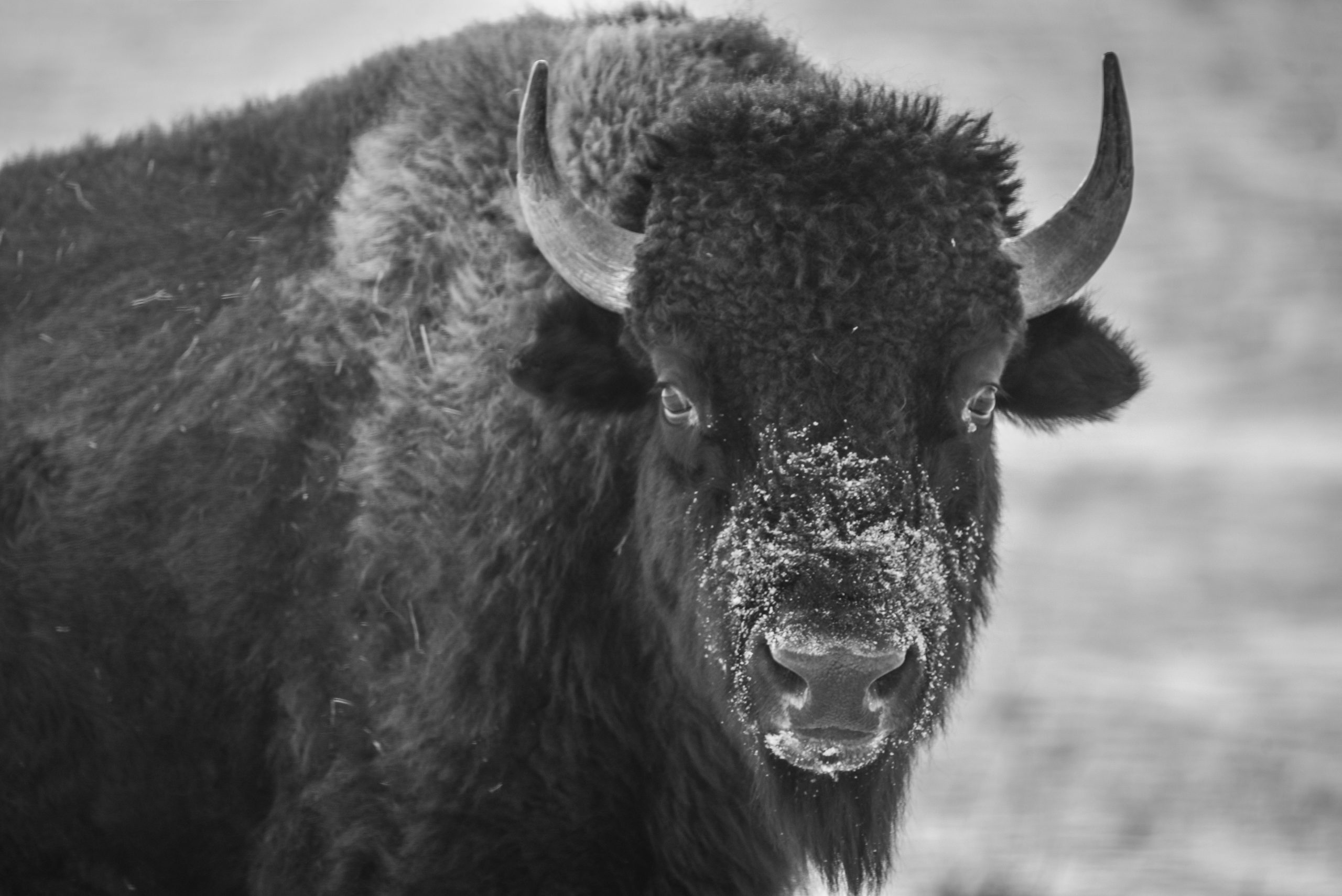
By: Kandra Forbes, Saskatchewan Coordinator
My name is Kandra, and I was born and raised in Saskatchewan. My family farms grains, pulses and oilseeds such as wheat, barley, canola and lentils. I was brought up with not only a respect for the land, but also the habitat it provides. Because of my Grandfather and his career in conservation work, both my Dad and I are always paying attention to who makes their home in our backyard. We are always on the lookout for owls, eagles, deer, porcupines, Hungarian partridge, coyotes, badgers, fox and many more.
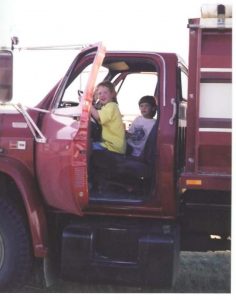
My Grandpa also decided he wanted a bison herd, which my Dad has inherited upon his passing. It’s been a learning curve but it’s hard not to love such magnificent creatures. Their significance on the prairie landscape was one of the main reasons my Grandpa acquired them.
I want to show you some of the ways farmers use renewable energy, especially for watering purposes. We often focus on large scale renewable energy projects, but let me give you some small-scale prairie examples.
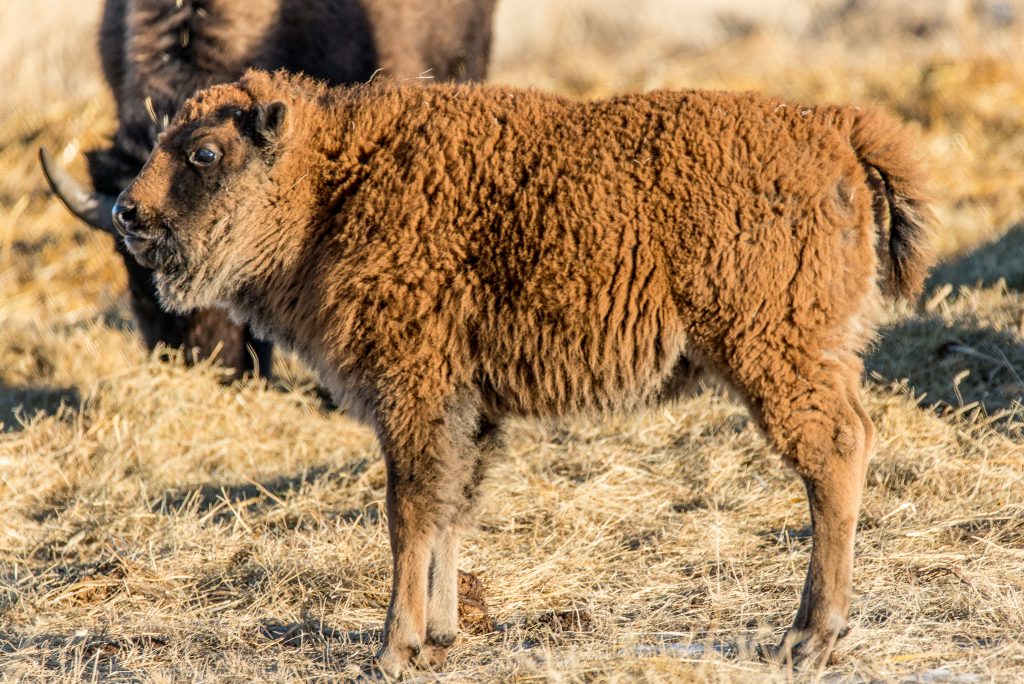
On the prairies, we are known for our vast landscapes that also tend to be very dry. Ranchers have had to come up with inventive ways to ensure their livestock have access to water when using them for grazing grasslands. Often access to the grid isn’t possible, so that’s where renewable energy comes in.
One thing we do have plenty of on the prairies is sun. There are two ways I have seen the power of the sun harnessed: a portable solar water trough and a solar water pump.
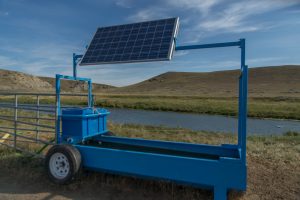
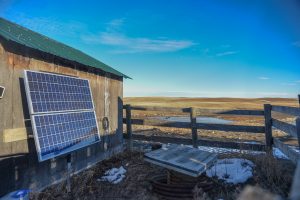
The portable solar watering systems are great for a variety of reasons. They can pump water out of a well or they can be used on a dug out, creek or river. One of the perks of using a solar watering system on open water sources is that it can keep cattle out of bodies of water, which helps prevent disturbing sediment and ruining riparian vegetation. Riparian areas are the green zone around water bodies and are very important for habitat and water quality. These areas are a buffer and can be considered an insurance policy especially useful to have when drought or flood occurs. They are part of a healthy, functioning landscape and too much traffic can ruin their ability to do their job. Allowing livestock access to water without going in the water is a win-win. Plus, being portable allows producers to move it around as they use different pastures.
A simple solar system can help in areas of where there is a well by pumping the water into an existing trough. Pictured is the one we use for our bison. They love the well water and often prefer it to the dug outs. To give them access in a place with no plug in, we use a solar panel to pump water. You may notice we also have a tiny solar panel beside it to power the light in the shed.
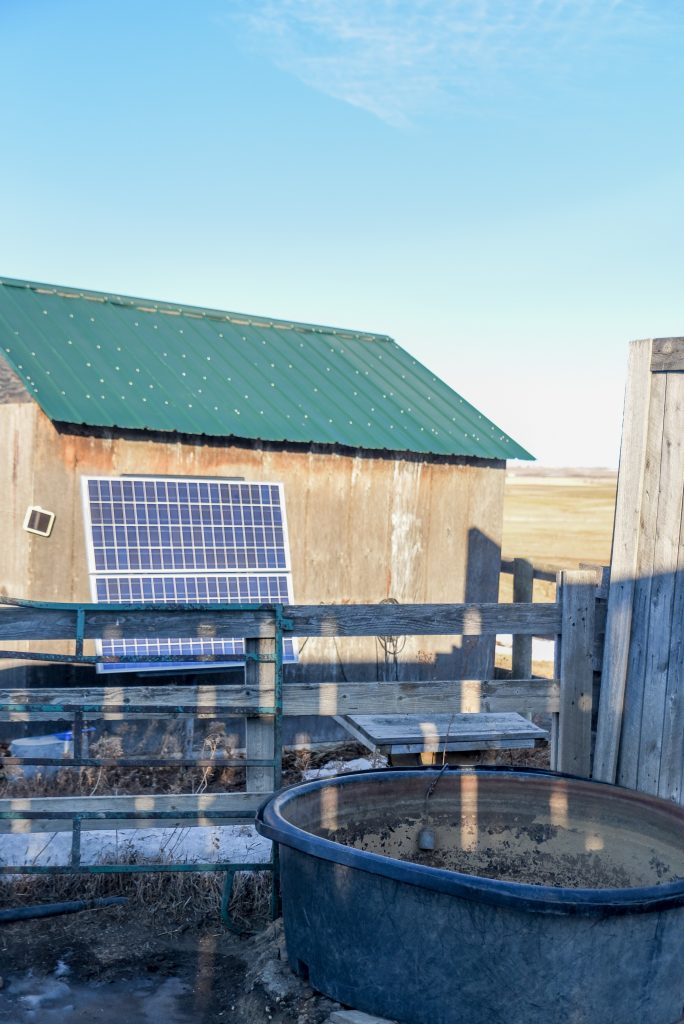
Another common issue is our winters is access to water in freezing temperatures. Hauling water and cutting holes in dugouts is not fun. Producers developed a way to use the heat from underground to circulate water so it doesn’t freeze. Geothermal heat is also used in many places for greenhouses as well as powering small farms and acreages, we will see it get more and more popular in the future!
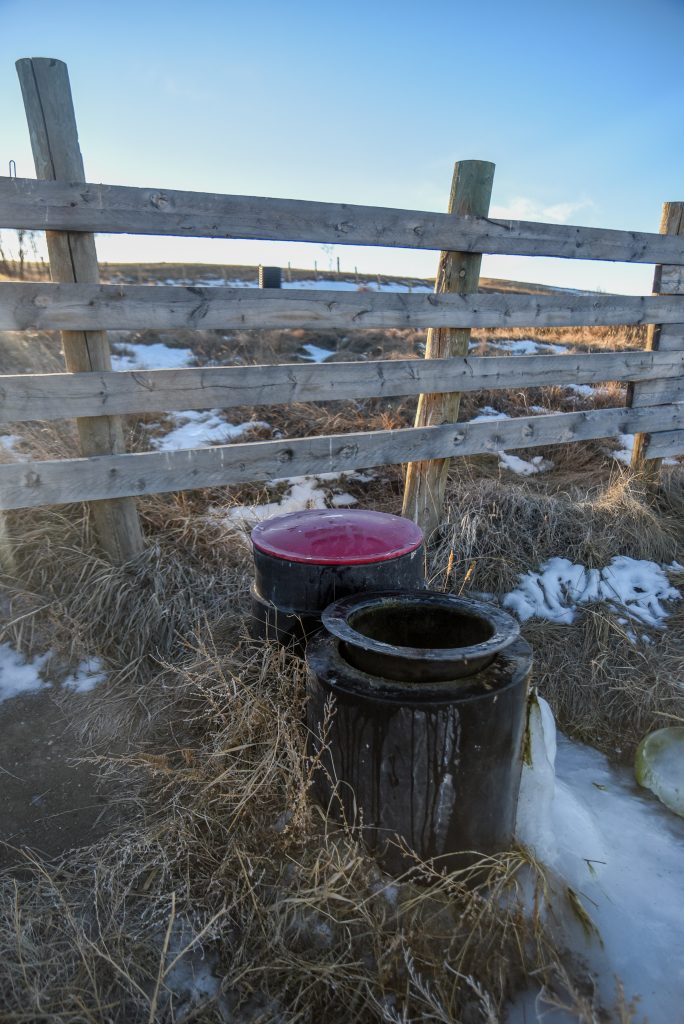
I am grateful to come from a farming background. It has taught me to pay close attention to the world around me. I have the privilege of knowing where my food comes from and the long hours of hard work that go into producing it. It’s also important to see how renewable energy is being utilized in partnership with agriculture. Farming and renewable energy are a natural partnership on the prairies.

